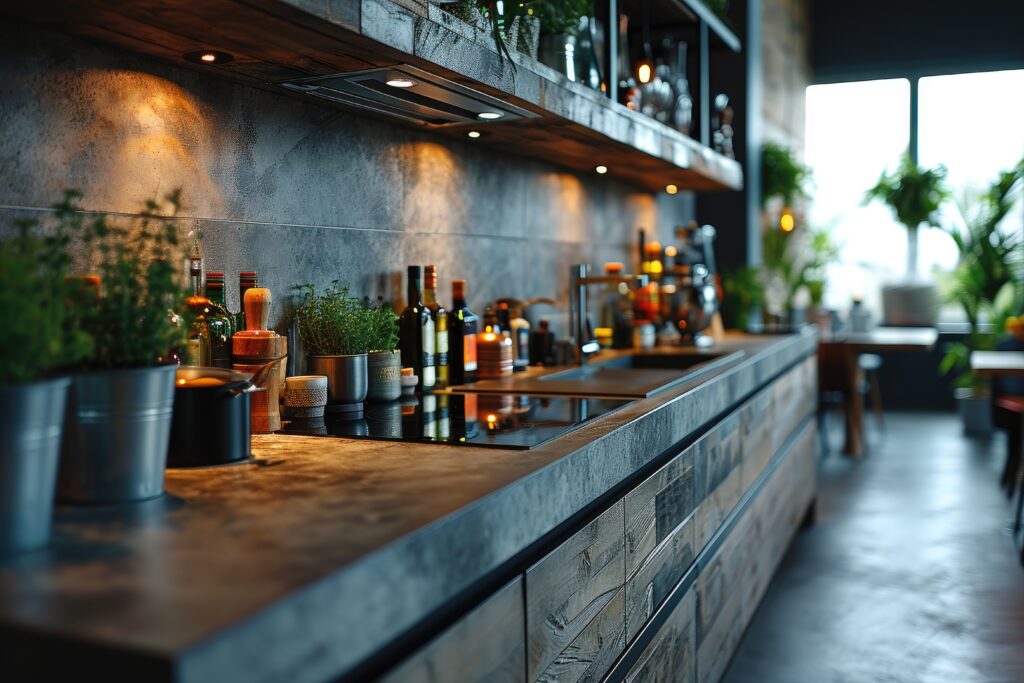Genel
Culinary Architecture: Fundamental Elements of Restaurant Design
Restaurants offer not only a culinary experience but also an ambiance and aesthetic that can shape the overall dining experience. The design of a restaurant requires an aesthetic understanding that seamlessly blends with the flavors to create an unforgettable experience. Here are the fundamental elements of restaurant design:
- Conceptualization:
The foundation of restaurant design lies in establishing a concept. This concept encapsulates the style, atmosphere, and menu of the restaurant. It could be a rustic coffee shop, an upscale fine dining establishment, or a modern bistro.
- Color and Lighting:
Color choices and lighting are critical elements that define the restaurant’s atmosphere. Warm color tones create an intimate setting, and proper lighting selection draws attention to the food.
- Furniture and Layout:
The choice of tables, chairs, and other furniture should reflect the restaurant’s style and offer customers a comfortable seating experience. Layout plays a crucial role in effective space utilization and optimizing service flow.
- Acoustic Environment:
Often overlooked but crucial, the acoustic design of a restaurant impacts the comfort of conversation. Proper acoustic adjustments enhance the dining experience, providing a more intimate atmosphere.
- Kitchen Layout:
An open kitchen design reflects the trend of showcasing the chef’s preparations and cooking processes to customers. The relationship between the kitchen and the dining area creates a more transparent and intimate atmosphere.
- Art and Decoration:
Art and decorative elements in restaurant design serve as character-building elements. Unique paintings, sculptures, or works by local artists can enhance the personality of the restaurant.
- Green Design:
Sustainability is a significant consideration in modern restaurant design. The use of recyclable materials, energy-efficient practices, and eco-friendly applications contribute to a restaurant’s contemporary design.
Restaurant design should provide not only a visual but also a sensory and emotional experience. The proper integration of these elements can help create a space where customers not only enjoy a meal but also immerse themselves in a memorable atmosphere.


